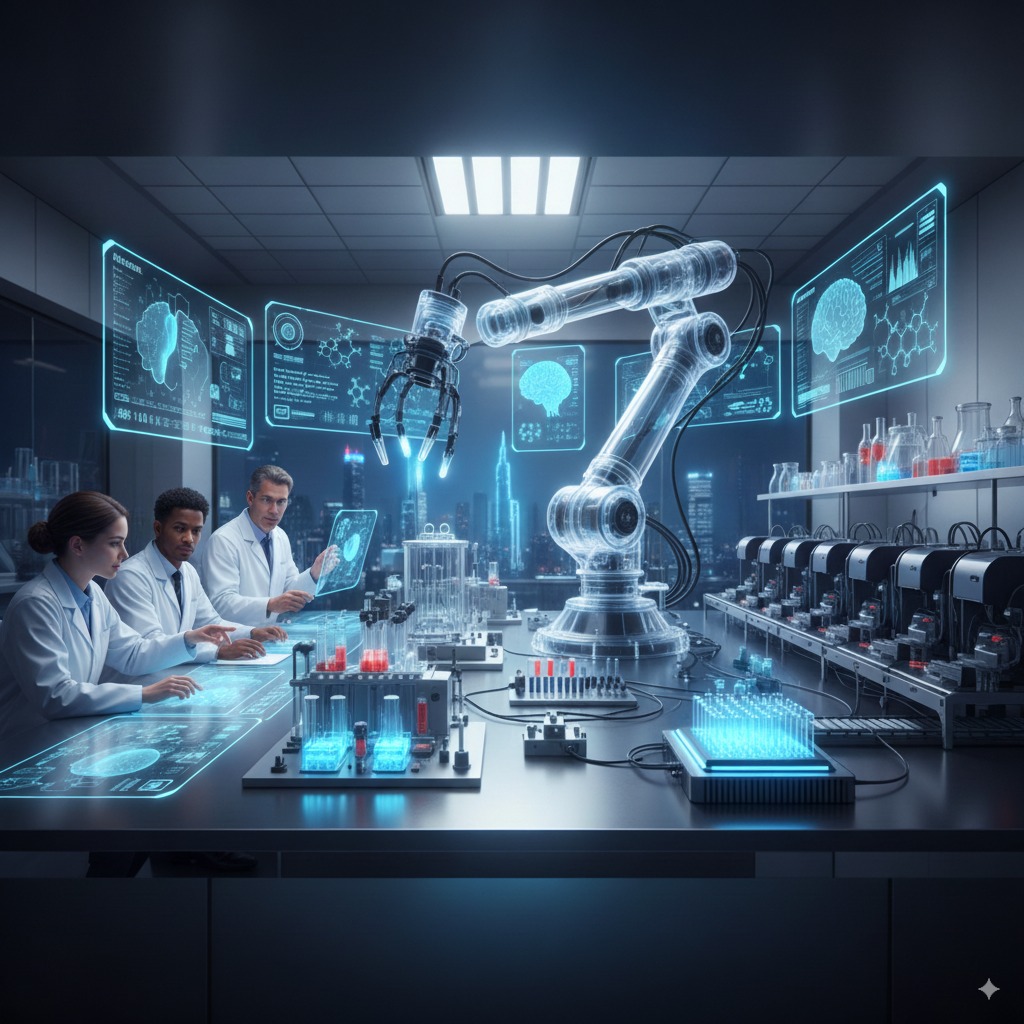Toxicology—the science of studying the harmful effects of substances on living organisms—plays a critical role in drug development, environmental monitoring, and public health. But let’s be honest: traditional toxicology tests for poison are often slow, labor-intensive, and expensive. That’s where automation and artificial intelligence (AI) step in. Together, they’re not just speeding up workflows but transforming toxicology into a smarter, data-driven discipline.
Understanding Toxicology Workflows
Traditional Methods
Historically, toxicology has relied heavily on manual assays, animal studies, and in vitro experiments. These methods, though reliable, are time-consuming and sometimes ethically controversial.
Limitations of Manual Processes
- Human error in sample handling
- High costs of animal testing
- Limited scalability for large dataset
- Slow turnaround times
- Automation and AI address these pain points head-on.
The Rise of Automation in Toxicology
- Robotic Sample Preparation: Robotics streamline repetitive lab tasks such as pipetting, sample mixing, and reagent handling. This not only cuts down errors but also boosts lab throughput.
- Automated Screening & Assays: Automated high-throughput screening enables researchers to test thousands of compounds quickly, drastically reducing the time needed for toxicity assessments.
High-Throughput Testing Advantages
- Faster detection of toxic compounds
- Reduced reliance on animal testing
- Greater consistency across experiments
Artificial Intelligence in Toxicology
- Predictive Modeling: AI algorithms analyze massive datasets to predict how new compounds might behave in the human body—long before clinical trials begin.
- AI-Driven Image Analysis: Advanced image recognition tools evaluate cell morphology, identifying subtle changes that could indicate toxicity, often overlooked by human eyes.
- Machine Learning in Drug Safety: By learning from historical data, machine learning models can flag potential red flags in drug candidates and even enhance the accuracy of modern drug test panels, reducing costly late-stage failures.
Key Benefits of Automation & AI Integration
- Accuracy & Precision: Robots and AI reduce human error.
- Speed & Efficiency: Large-scale testing is done in hours instead of weeks.
- Cost-Effectiveness: Lower labor and testing costs in the long run.
- Enhanced Reproducibility: Standardized automated workflows ensure consistency.
Applications in Pharmaceutical Research
- Early-Stage Development: Automation accelerates the screening of compounds, allowing researchers to eliminate toxic candidates early.
- Reducing Attrition Rates: AI helps predict which compounds are more likely to fail, saving billions in development costs.
- Identifying Side Effects: AI uncovers hidden toxicity risks that may not show up until later stages, improving patient safety.
Applications in Environmental Toxicology
- Monitoring Pollutants: Automation enables real-time monitoring of air, soil, and water contaminants.
- AI in Ecotoxicology: Machine learning models predict how pollutants will affect ecosystems, helping regulators take proactive steps
- Automated Testing of Natural Samples: High-throughput platforms can rapidly analyze environmental samples for toxins, reducing human exposure.
Regulatory Implications
- Compliance: Automation ensures traceability and accuracy, making it easier to comply with FDA, EMA, and OECD standards.
- AI in Regulatory Submissions: Regulators are beginning to accept AI-backed predictions, provided they meet transparency and validation requirements.
Data Management & Big Data in Toxicology
- Handling Massive Datasets: AI can manage terabytes of toxicity data generated daily.
- Cloud-Based Platforms: Remote labs can share and collaborate seamlessly.
- Data Sharing: Encourages open science while speeding up global toxicology research.
Challenges in Implementing AI & Automation
- High initial investment in robotics and AI platforms
- Training requirements for scientists
- Data security and compliance risks
- “Black box” nature of AI models, making results hard to interpret
Future of AI-Driven Toxicology
- Personalized Toxicology: Imagine toxicology test methods tailored to an individual’s genetics and lifestyle—AI makes this possible.
- Digital Twins: Virtual simulations of human biology could test compound toxicity without physical trials.
- Quantum Computing: Soon, quantum-powered AI could handle even more complex predictions with unparalleled accuracy.
Case Studies of AI in Toxicology
- Pharma Example: Major pharmaceutical firms use AI to predict liver toxicity before clinical trials.
- Environmental Example: Agencies deploy AI-powered sensors to monitor water toxicity in real time.
Ethical Considerations
- Transparency in AI decision-making is critical.
- Models must be free of bias to avoid harmful consequences.
- Striking the right balance between technology and human oversight remains essential.
Conclusion:
Automation and AI are revolutionizing toxicology workflows. From faster drug development to real-time environmental monitoring, these technologies are making toxicology smarter, safer, and more efficient. While challenges like costs and ethical concerns remain, the future is clear: AI-driven toxicology is here to stay—and it’s just getting started. To learn more about these innovations and how they apply to your needs, explore expert insights from The Carlson Company or simply Contact Us for personalized guidance.
FAQs
1. How does AI improve toxicology testing?
AI improves accuracy, speed, and predictive power by analyzing massive datasets to identify toxic patterns.
2. Can automation completely replace human toxicologists?
Not entirely. Automation handles repetitive tasks, but human expertise is vital for interpretation and decision-making.
3. What role does machine learning play in drug safety?
It predicts potential side effects by learning from past data, reducing late-stage drug failures.
4. Is AI in toxicology widely accepted by regulators?
Acceptance is growing, but transparency and validation remain crucial for regulatory approval.
5. What’s the future of toxicology with AI and automation?
Expect personalized toxicology, digital twins, and advanced predictive models powered by AI and quantum computing.

